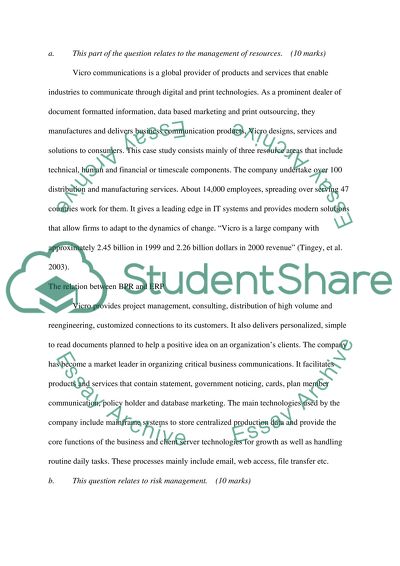Cite this document
(“Managing the software enterprise Essay Example | Topics and Well Written Essays - 2750 words”, n.d.)
Managing the software enterprise Essay Example | Topics and Well Written Essays - 2750 words. Retrieved from https://studentshare.org/information-technology/1401201-managing-the-software-enterprise
Managing the software enterprise Essay Example | Topics and Well Written Essays - 2750 words. Retrieved from https://studentshare.org/information-technology/1401201-managing-the-software-enterprise
(Managing the Software Enterprise Essay Example | Topics and Well Written Essays - 2750 Words)
Managing the Software Enterprise Essay Example | Topics and Well Written Essays - 2750 Words. https://studentshare.org/information-technology/1401201-managing-the-software-enterprise.
Managing the Software Enterprise Essay Example | Topics and Well Written Essays - 2750 Words. https://studentshare.org/information-technology/1401201-managing-the-software-enterprise.
“Managing the Software Enterprise Essay Example | Topics and Well Written Essays - 2750 Words”, n.d. https://studentshare.org/information-technology/1401201-managing-the-software-enterprise.


